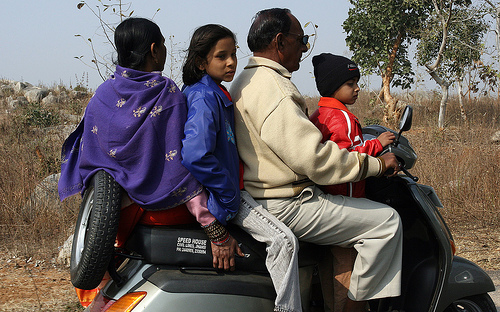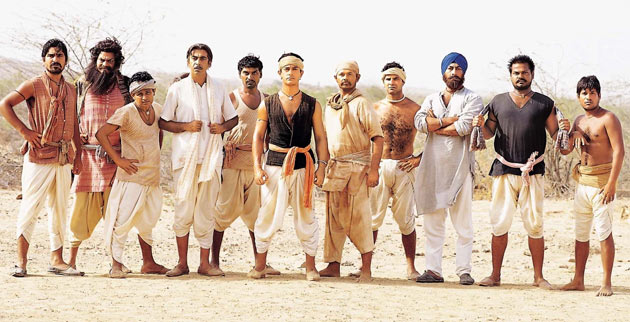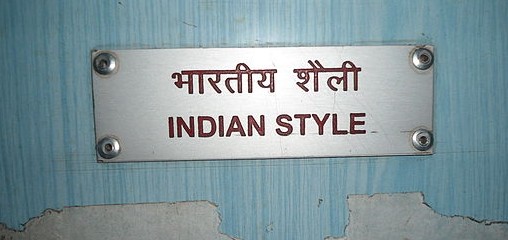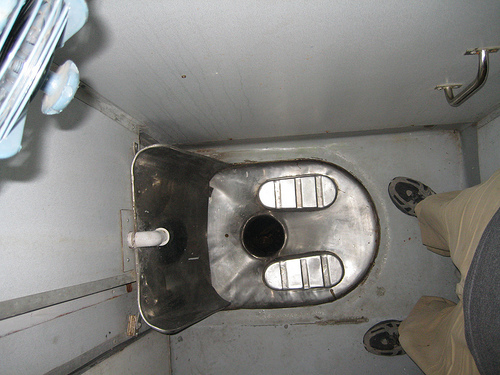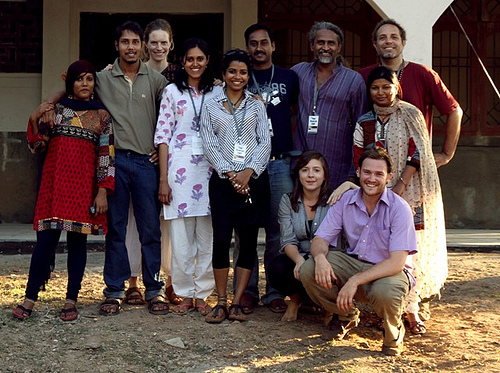Business Visa (B)
The Business visa is meant for people coming to set up and amplify business relationships in India. The key difference between this and the employment visa is the salary restrictions.
Approximate processing time:
One to two weeks
Difficulty to get:
Easy, given the proper paperwork
Maximum validity:
Five years, multiple entry (Ten years if you are setting up a joint venture), extendable if less than five years. Validity varies by country and most countries cannot get business visas for more than 2 years.
Maximum continuous stay:
180 days, unless you register
What you can do:
- Establish a business venture or explore possibilities to do so
- Purchase/sell industrial or commercial products
- Oversee projects of “national importance” (public sector undertakings)
- Attend board meetings, general company meetings, technical meetings
- Recruit manpower
- Function as a Director of a company
- Participate in exhibitions, trade fairs, etc.
- Find suppliers, evaluate quality, give specifications, negotiate, place orders
- Meet with Indian customers
- Come for in-house training if you work for a multi-national
- Have an internship on project based work approved by the AIESEC
- Provide technical guidance on a project
What you cannot do:
- Money lending
- Petty trading
- You should not earn a full-time salary from an Indian company
Rules:
- Any money you earn (such as being a director, serving on a board) is subject to tax liabilities.
- You will need an invitation letter from an Indian company asking them to come visit them.
- To extend the visa (up to five years), the total turnover of the business activities should not be less than one crore rupees within two years of setting up the business.
Back to the full list of visas here

